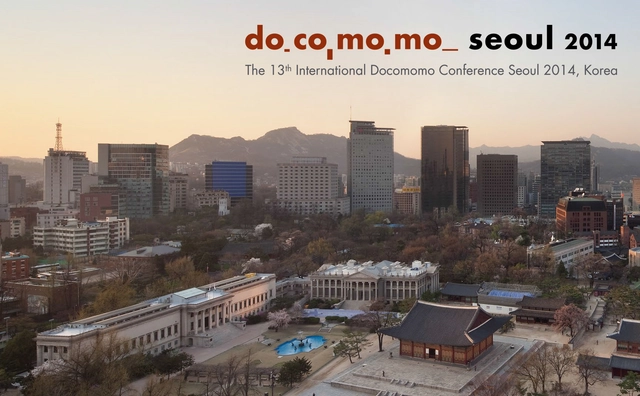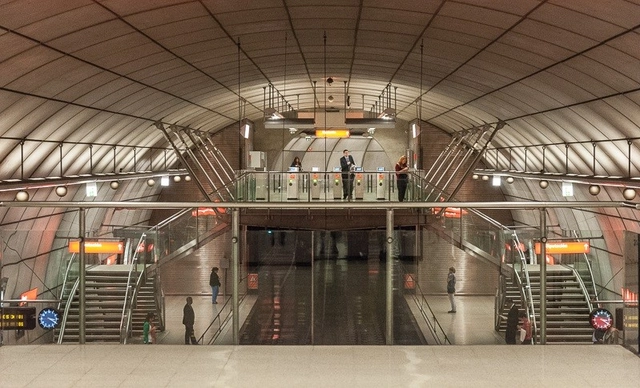
How has the advancement of the Modern Movement design ethos, through geo-political expansion from the Western world, challenged the cultural foundation and aesthetic heritage of Asia?


How has the advancement of the Modern Movement design ethos, through geo-political expansion from the Western world, challenged the cultural foundation and aesthetic heritage of Asia?

Contrary to popular belief, the most visible aspects of cities - new, shiny buildings and crowds of people - aren't really why people around the world are drawn to city life. Curious about the overwhelming trend toward global urbanization, design firm Sasaki surveyed 1,000 people in Boston, Chicago, New York City, Austin, San Francisco and Washington DC to discover the most beloved elements of cities. Finding differences across regions and between generations, this article on Fast Company explores the humble and often surprising reasons we adore city living. Read the full article for more.

On the 26th of September, Norman Foster will be at the Guggenheim Museum in Bilbao as the inaugural recipient of the very first BIA (Bilbao Bizkaia Architecture) Award. Recognizing Foster's contribution towards the development of Bizkaia through architecture and urban regeneration, the prize highlights Foster's iconic original design for the Metro Bilbao stations in the Basque Country.
Have you ever treated a famous city like your very own sketchbook? Claire and Max of Menilmonde did just that. The duo re-envisioned the buildings and monuments of Paris by capturing the lower stories through video and sketching imaginary additions in a project that viscerally challenges pre-conceived attitudes towards iconic structures. Take a walk through the City of Love and experience it anew as a work of art.

What happens when seven internationally acclaimed architects are invited to design sculptural bus stops for a tiny Austrian village of 1000 inhabitants? Collaborating with local architects and utilizing local materials to design the pavilions, Alexander Brodsky, Rintala Eggertsson, Ensamble Studio, Architecten de Vylder Vinck Taillieu, Smiljan Radic, Sou Fujimoto, and Wang Shu's Amateur Architecture Studio worked with Austria's Verein Kultur Krumbach to carry out the BUS:STOP project and usher in a unique new facet of culture to Krumbach. We brought you images of the design proposals earlier, and now we have photos of the incredible results: Hufton + Crow has just released a stunning new set of images showcasing the completed bus stops.
Hufton + Crow's brilliant photography captures the inimitable originality and sensational quality of the uniquely crafted pavilions embedded within the Austrian landscape. Immerse yourself in Krumbach and check out the latest images after the break.